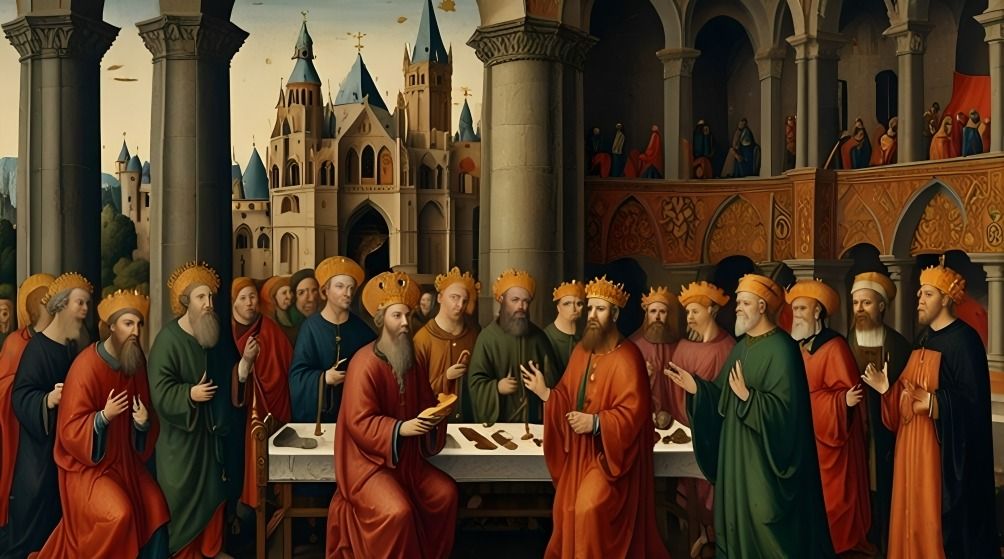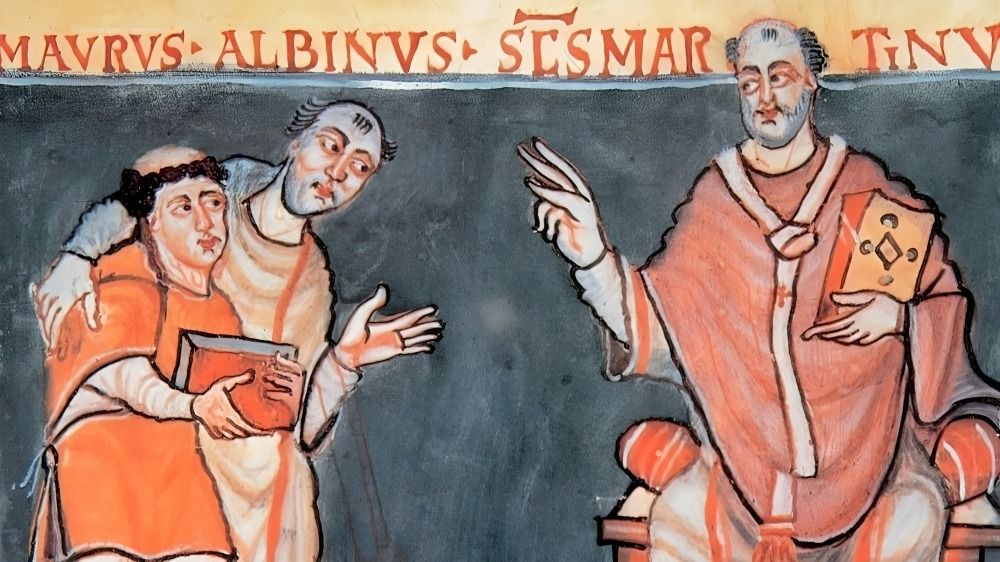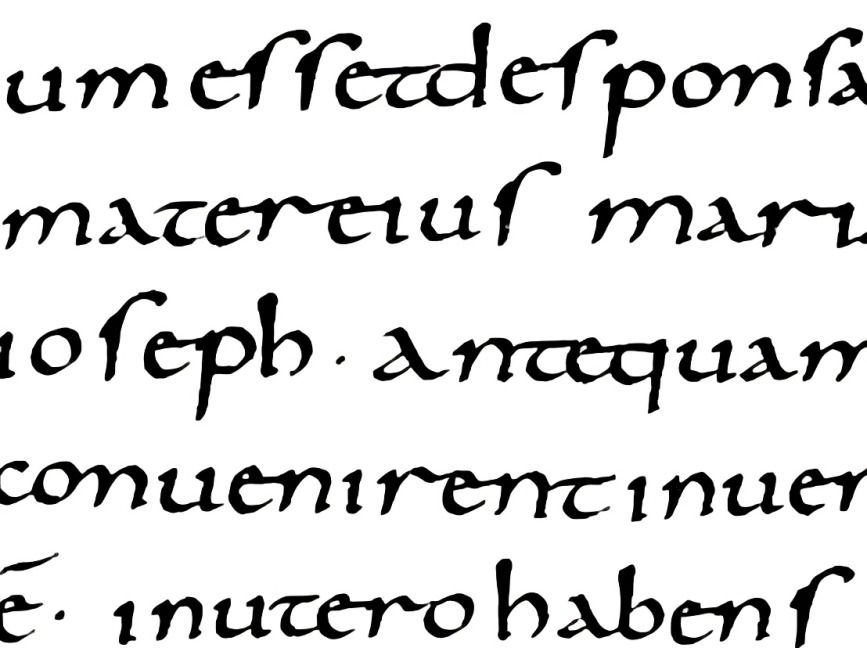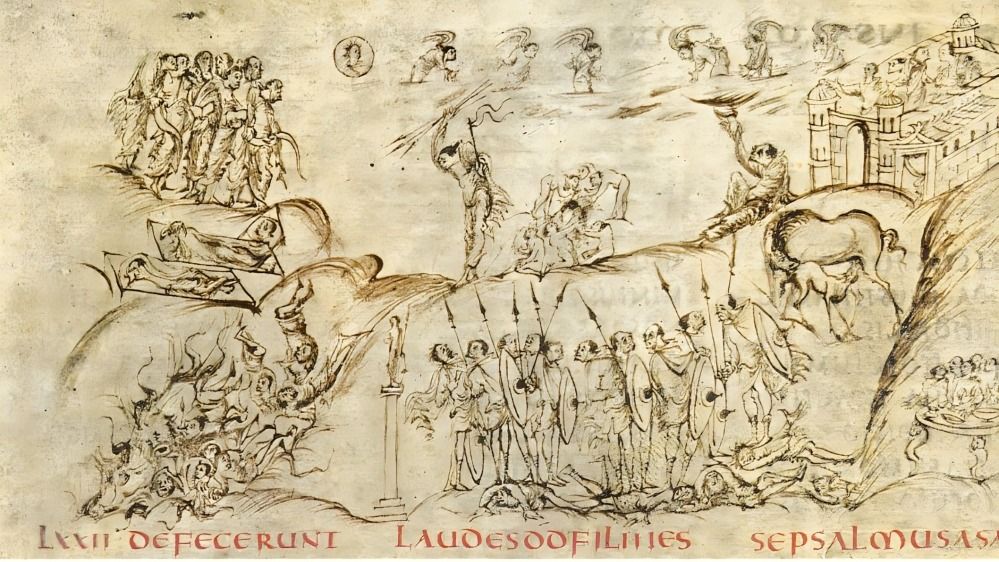
“
Charlemagne and the Carolingian Renaissance marked a transformative period in European history, where culture, art, and education flourished under Charlemagne's reign. As the King of the Franks and later crowned Emperor, Charlemagne significantly influenced the revival of classical learning and the promotion of the arts. His support for scholars and the establishment of educational institutions helped preserve ancient texts and knowledge, laying the groundwork for the future of Europe. In this blog, we will delve into 20 fascinating facts about Charlemagne and the Carolingian Renaissance, revealing how this remarkable era shaped European culture for generations to come.1
”
Charlemagne, crowned Emperor of the Romans in 800 AD, united much of Western Europe, laying the groundwork for modern France and Germany, forever changing European political dynamics.1
Under Charlemagne, the Carolingian Renaissance thrived, reviving art and learning. Monks diligently copied ancient texts, preserving invaluable knowledge from antiquity for future generations to cherish and study.2

Alcuin of York, a key figure in Charlemagne's court, significantly influenced the Carolingian Renaissance, promoting grammar, rhetoric, and logic, shaping the educational curriculum for generations to come.
Charlemagne's efforts unified religious practices, establishing the Roman liturgy throughout his empire, reinforcing Christianity's central role in Carolingian society and culture, which transformed the spiritual landscape of Europe.3
His diverse empire included various cultures and languages. Charlemagne championed the use of vernacular language in education, allowing broader access to religious texts for the common people.4
Charlemagne initiated an impressive program of church construction, building magnificent cathedrals and monasteries that became cultural and educational centers, showcasing the Church's influence and power.5
After Charlemagne’s death, his grandsons divided the empire, leading to the Treaty of Verdun in 843, which shaped medieval Europe’s political landscape and set the stage for modern nations.6

The Carolingian minuscule, developed during this period, revolutionized writing. This standardized script improved text readability and laid the foundation for modern Western typography.
The palace school at Aachen became a vibrant hub of education during Charlemagne's reign, attracting scholars and fostering a rich intellectual environment that spurred advancements in various fields.7
Charlemagne also promoted agricultural development and land reforms, boosting economic stability and productivity in his empire, which enhanced trade and strengthened the Carolingian economy.8
Through strategic marriages, Charlemagne forged diplomatic alliances, such as his daughter marrying the Lombard king, ensuring political stability and strengthening his empire during turbulent times.9
A keen lawmaker, Charlemagne created the "Capitularies," a series of legal reforms that organized governance and established a more just society throughout his expansive empire.10
His military conquests, including those against the Saxons and Avars, helped spread Christianity and Carolingian culture, enhancing his legacy as a unifying force in medieval Europe.11
During Charlemagne's reign, urban life flourished as cities transformed into vibrant centers of commerce and culture, significantly improving the overall quality of life across his vast empire.12
The revival of literacy flourished as schools sprang up in monasteries and cathedrals, laying the essential groundwork for future European universities and the spread of education.13
Charlemagne established the Missi Dominici, royal agents who enforced laws and maintained order, ensuring the widespread dissemination of Christian teachings throughout the vast territories of his empire.14

He commissioned remarkable artworks, including the Utrecht Psalter, an illuminated manuscript famed for its vivid illustrations, exemplifying the artistic brilliance of the Carolingian Renaissance.
Under Charlemagne’s influence, Christendom emerged, uniting diverse peoples under a common religious identity that shaped political alliances and the development of Western civilization for centuries.15
Often called the “Father of Europe,” Charlemagne’s visionary leadership significantly impacted the continent’s future, laying the foundation for the evolution of modern European identity.16
In conclusion, Charlemagne and the Carolingian Renaissance marked an era of cultural revival, educational advancement, and the unification of Europe under Christianity, leaving a lasting legacy on modern society.17


